Articles tagged with: "jazzimprovisation"

The Major Scale: The Foundation of Western Music
The major scale is the most fundamental scale in Western music. It's a seven-note diatonic scale that forms the basis for countless melodies, harmonies, and musical compositions across all genres....

Unlocking the Dorian b2: A Deep Dive into the "Phrygian Dorian" Mode
Often called "Phrygian Dorian" or, more commonly, Dorian b2, this mode offers a captivating blend of dark tension and bright resolution. As the second mode of the Melodic Minor scale, …

Unlocking the Lydian Dominant (Lydian b7): A Comprehensive Guide
Dive deep into the Lydian Dominant scale (Lydian b7), the sound behind *The Simpsons* theme and countless jazz solos. This guide breaks down its theory, shows you how to build …

Mastering the Octatonic Scale: Symmetry, Tension, and Modern Harmony
The octatonic scale, also known as the diminished scale, is one of the most fascinating and versatile symmetrical scales in music theory. This eight-note scale alternates between whole and half …
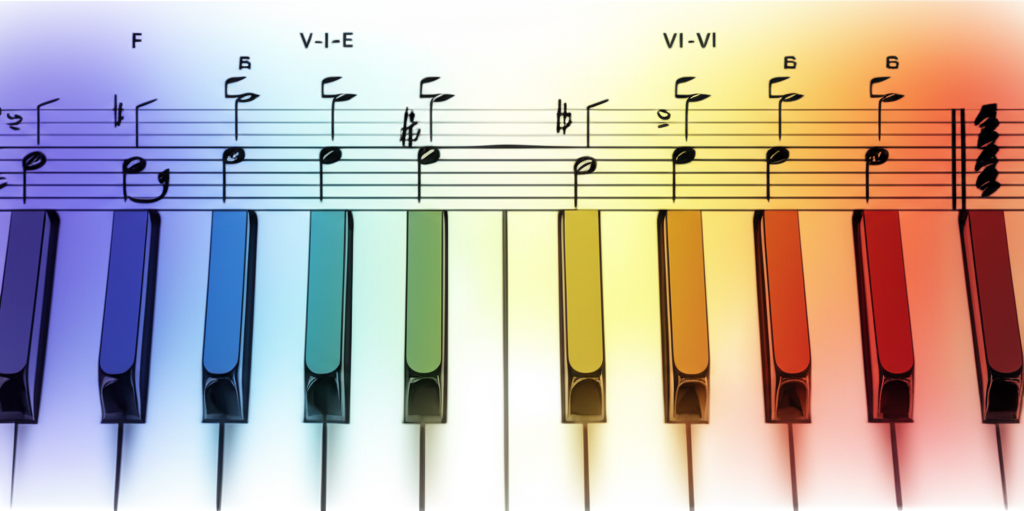
The Andalusian Cadence (Am-G-F-E): A Complete Guide to This Iconic Progression
The Andalusian Cadence is a descending chord progression typically written as Am-G-F-E in modern notation. This four-chord sequence creates a distinctive melancholic yet powerful sound that has been...

The Neapolitan Major Scale: A Comprehensive Guide for Musicians
The Neapolitan Major scale is a fascinating and somewhat exotic scale that offers a unique sound palette for composers and improvisers. This scale, also known as the Lydian Dominant scale, …
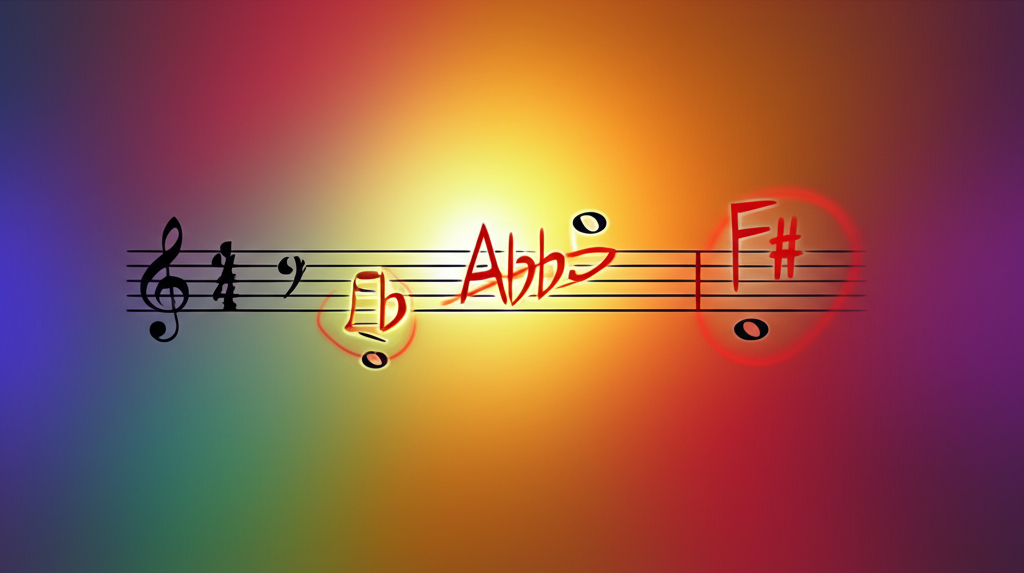
The Complete Musician's Guide to the Locrian Mode
The Locrian mode is the seventh and final mode of the major scale, known for its dark, unstable, and tense sound. This mode is unique because it features a diminished …

The Tritone: Understanding the Devil's Interval in Music
A tritone is a musical interval that spans three whole tones, hence the name 'tritone'. It is also known as an augmented fourth (A4) or diminished fifth (d5), depending on …

The Blues Scale: The Sound of American Soul
The blues scale is a fundamental musical tool that captures the expressive, soulful heart of the blues and has profoundly influenced countless genres, from jazz and soul to rock and …

Mastering the Locrian Mode: The Darkest Scale in Music Theory
The Locrian mode is the seventh and final mode of the major scale, known for its dark, unstable, and dissonant sound. Often considered the "darkest" of the seven modes, it …
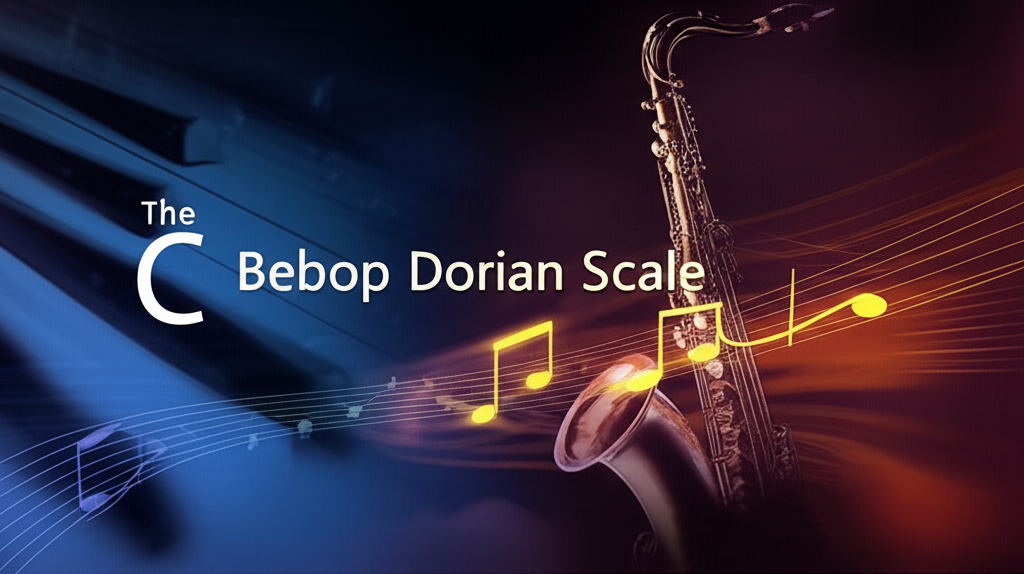
Unlocking the Bebop Dorian Scale: A Guide for Jazz Improvisers
Dive into the world of jazz improvisation with the Bebop Dorian scale. This essential eight-note scale is a powerful tool for navigating minor chords with the authentic sound of bebop. …
Read more
Mastering the Natural Minor Scale: The Complete Beginner's Guide
This article explores mastering the natural minor scale: the complete beginner's guide, covering its fundamental concepts, practical applications, and musical examples.

Unlocking the Mysterious Sound of the Kumoi Scale
The Kumoi scale is a captivating five-note (pentatonic) scale from Japan, known for its distinctively dark, mysterious, and evocative sound. This definitive guide delves into the scale's theoretical...

The Tritone: Mastering the Devil's Interval in Music
The tritone is one of the most fascinating and controversial intervals in music theory. Spanning three whole tones (hence the name "tritone"), this interval has been called the "devil's interval" …

Mastering the Neapolitan Minor Scale: Theory and Practice
This article explores mastering the neapolitan minor scale: theory and practice, covering its fundamental concepts, practical applications, and musical examples.

Unlocking the Sound of Jazz: A Comprehensive Guide to the Bebop Minor Scale
This article provides an in-depth exploration of the Bebop Minor scale, a fundamental tool in the vocabulary of jazz improvisation. We will deconstruct its common forms, understand its unique...

Exploring Modal Jazz: The Genius of "So What"
This article delves into the world of modal jazz, using Miles Davis's seminal composition "So What" as a primary case study. We will explore how this innovative approach broke away …
Read more
Perfect Unison: The Fundamental Building Block of Music
The perfect unison is the most fundamental interval in music theory. It occurs when two notes of the same pitch are played simultaneously. This interval serves as the building block …

A Guide to Dominant Modulation: Changing Keys Like a Pro
Dominant modulation is a cornerstone of Western music, providing a smooth and powerful way to change keys. This article demystifies this essential harmonic tool, exploring what it is, how it …

The Minor Pentatonic Scale: A Comprehensive Guide for Beginners
This article explores the minor pentatonic scale: a comprehensive guide for beginners, covering its fundamental concepts, practical applications, and musical examples.

The Major Pentatonic Scale: A Universal Key to Melody
This article is a comprehensive guide to the major pentatonic scale, a fundamental five-note scale that forms the melodic backbone of music across countless genres and cultures. Discover its simple...
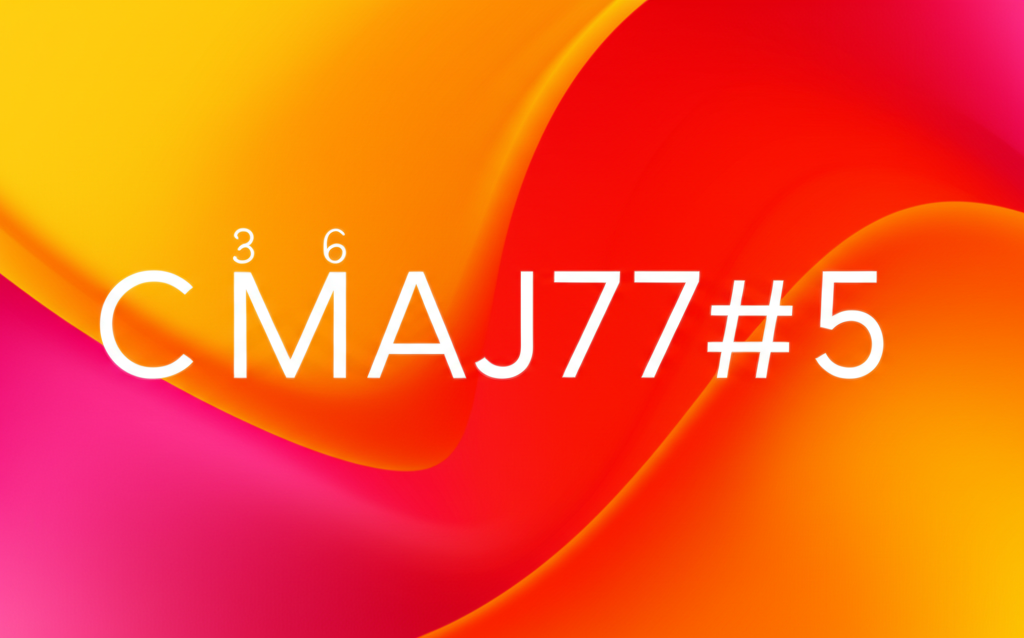
Unlocking the Maj7#5 Chord: A Deep Dive into its Sound and Application
The Maj7#5 chord is a paradox: simultaneously floating and tense, beautiful and unsettling. This article explores its unique sonic qualities, from its theoretical construction as an augmented triad...
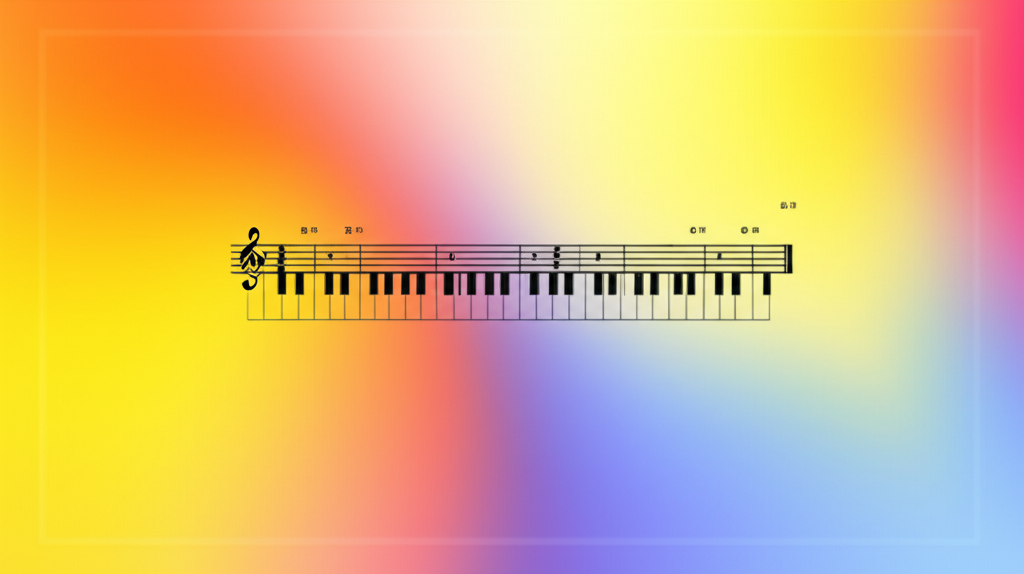
Mastering the Mixolydian Mode: A Complete Guide for Musicians
The Mixolydian mode is one of the seven musical modes derived from the major scale. It is often described as a major scale with a flattened seventh (♭7), giving it …

The Chromatic Scale: The Foundational Alphabet of Western Music
The chromatic scale is the complete set of twelve pitches used in Western music, with each note separated by a semitone. This comprehensive guide explores the scale's structure, history, and...
Perfect Unison Explained: The Fundamental Interval Every Musician Should Master
This article explores perfect unison explained: the fundamental interval every musician should master, covering its fundamental concepts, practical applications, and musical examples.

Minor Sixth Interval: The Melancholic Beauty
In the rich tapestry of musical intervals, the minor sixth holds a special place. It possesses a powerful emotional duality: a sound of profound sadness and longing, yet one that …

The Perfect Octave: A Fundamental Interval in Music
The perfect octave is one of the most fundamental intervals in music theory. It is the distance between two notes where the higher note has exactly double the frequency of …

Scale Patterns: Essential Practice for Musical Proficiency
Scale patterns are structured exercises that transform rote scale practice into a powerful tool for developing technique, deepening musical understanding, and unlocking improvisational freedom. This...

Secondary Dominants: Adding Color and Direction to Chord Progressions
Secondary dominants are one of the most powerful tools in functional harmony, used to add color, tension, and forward momentum to chord progressions. By temporarily "tonicizing" chords other than the...
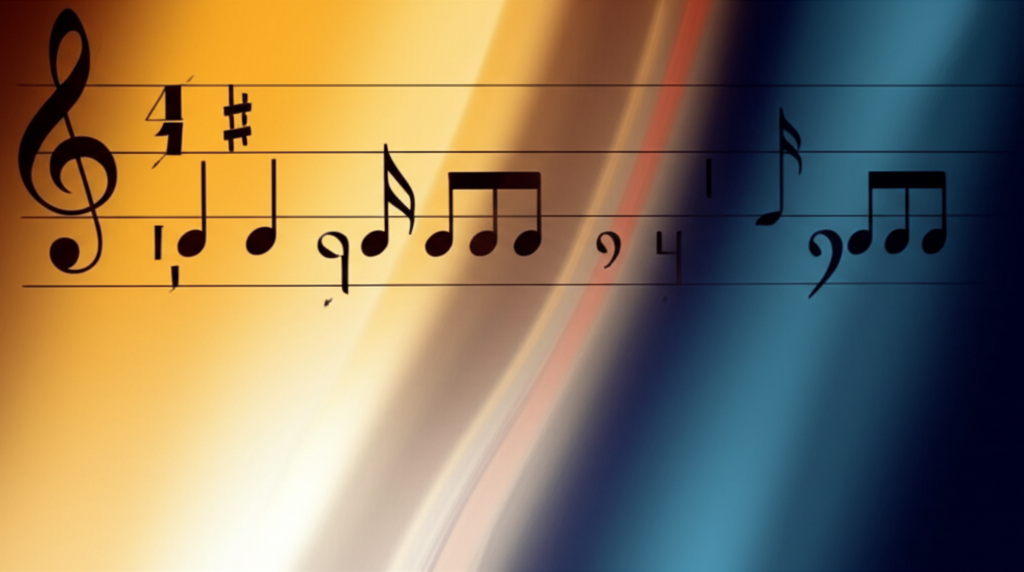
12-Bar Blues Progression: The Foundation of American Popular Music
The 12-bar blues is the most important and influential chord progression in the history of American popular music. This foundational harmonic cycle, built on the I, IV, and V chords, …